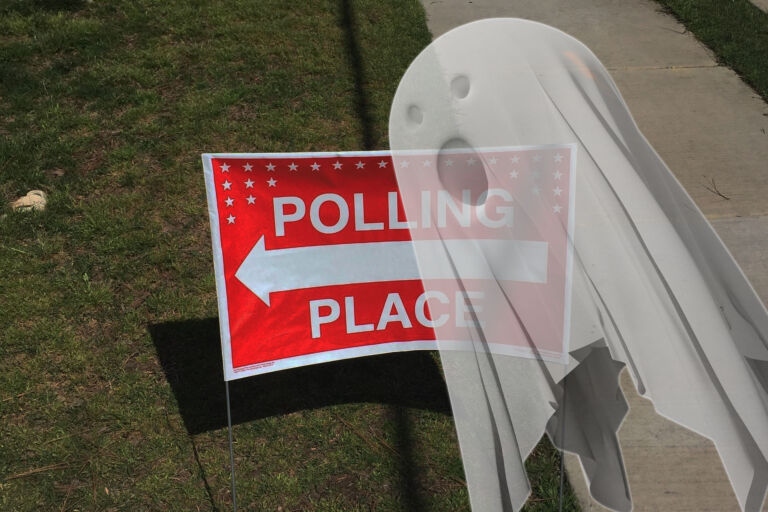Conventional wisdom holds that merging city and county governments saves oodles of money. Why have a police force and a sheriff department when one will do? Why have two planning departments; why have two parks and recreation departments? Think of all of the administrative overhead that could be saved. Private businesses merge all the time to achieve efficiencies and save money. Business leaders especially argue that governments should do the same.
Leaders in Durham have been discussing the money saving potential of merging city and county operations for years.
Unfortunately, the conventional wisdom is wrong. Dead wrong!
Governments are not private businesses that have profit and loss statements to demonstrate their efficiency. The reasons that government mergers don’t save money have been clear since at least 1956, when economist Charles Tiebout published his seminal work "A Pure Theory of Local Expenditures."
The latest empirical proof of Tiebout’s theory comes in a Wall Street Journal (subscription required) article about a study in Illinois, authored by Wendell Cox, that compares state, city, county, school district, and township governments.
Guess what? Township expenditures increased only 17 percent from 1992 to 2007 while the state expenditures increased 51 percent, county expenditures increased 66 percent, city expenditures increased 50 percent, and Illinois school district expenditures increased a whopping 74 percent.
One reason township governments can deliver services at a lower cost is that they benefit from volunteers, part-time employees, and lower employee salaries. For example, township employee average monthly salaries are about $3,000 per month, compared with state, county, city and school districts salaries that are nearly $1,000 to $1,500 per month higher.
One of the benefits of smaller governments, not quantified in this study but quantified in similar studies, is that citizens have greater ability to control their elected officials. Think of it this way. How much political power over local politicians would you have in Charlotte, when you would be one citizen in 630,000? How much power over local politicians would you have in Hickory as one in 40,000, or in Washington as one in 10,000, or in Washington Park as one in 444?
It is little wonder that large cities like Charlotte and Raleigh and large school districts like Wake and Mecklenburg are controlled by special-interest groups that have the money to donate to political campaigns and large professional bureaucracies that control the flow of information to elected political leaders.
Indiana University professor Elinor Ostrom won the 2009 Nobel Prize in Economic Sciences in part for her work explaining the economic efficiency and increased citizen control of small governmental units. The conclusions of this body of research are unmistakable: smaller jurisdictions cost less and are better at satisfying citizen preferences than larger jurisdictions.
One of the benefits of the last legislative session was the reform of North Carolina’s forced-annexation law. Before this reform, North Carolina’s municipalities could expand at will, making them less efficient and less responsive to their citizens. Now, citizens will be able to decide if they want the level of services offered by municipalities or a different level of services offered by the county or provided privately. In addition, they still have the option to decide if they want to form their own city and control their own destiny rather than be forced into a large, uncontrollable, less efficient city.
The next step for the legislature is to consider plans that increase efficiency and expand citizen control by breaking up North Carolina’s large cities and school districts.
Click here for the Local Government Update archive.


